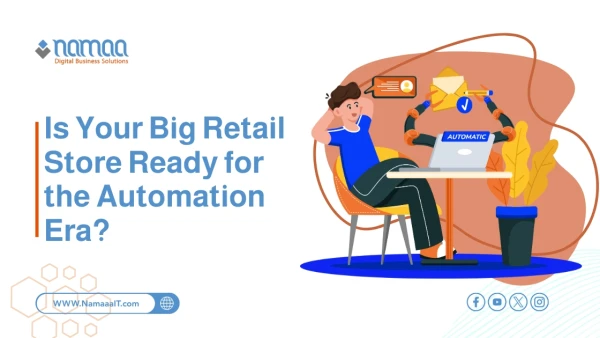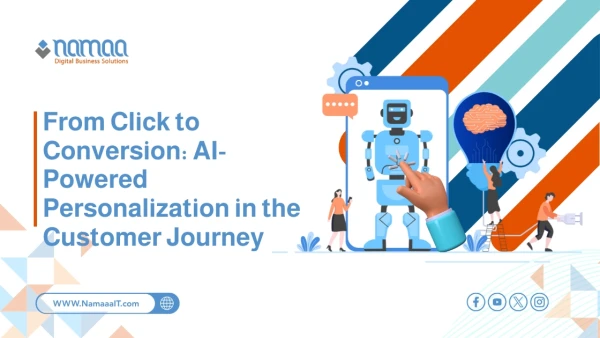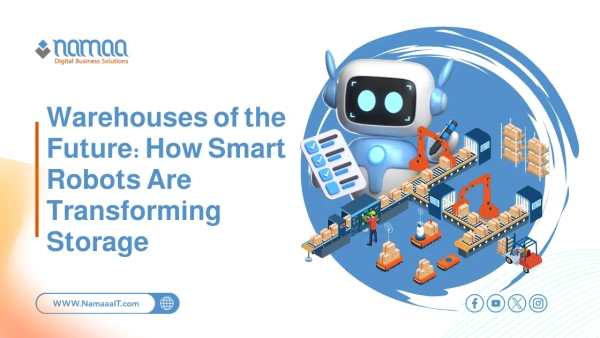In an era where customer expectations are evolving faster than ever, businesses can no longer afford delayed responses or impersonal interactions. This is where artificial intelligence steps in as a game-changer: chatbots that operate 24/7 and learn from every interaction. But is relying solely on them enough? Or do traditional call centers—with their human flexibility and ability to handle complex cases—still hold a strategic advantage? In this article, we analyze the feasibility of using AI in customer service and compare chatbots to call centers to determine which offers real value, and when hybrid solutions are the smartest choice.
What Is a Chatbot and How Does It Work?
A chatbot is an AI-powered computer program designed to simulate human conversation with customers via text or voice. At its core, it relies on natural language processing (NLP) technologies, enabling it to understand questions and respond with logical, timely answers.
When a message is sent by a customer, the bot analyzes keywords and determines the intent behind the question, then pulls information from a pre-programmed database or connects to a more complex AI interface to generate an appropriate response. Some bots are very basic and work with pre-set scripts, while more advanced systems use machine learning to grasp context and evolve over time.
These bots are typically available on websites, mobile apps, social media platforms, and even through voice calls. Their biggest advantage is their constant availability—they work 24/7 without fatigue or downtime.
However, their success heavily depends on the quality of their design and the sophistication of their technology. If poorly programmed or fed with weak data, users may be frustrated by inaccurate or repetitive responses. That’s why leading companies invest in continually updating their bot algorithms to enhance their understanding and make their responses feel more natural.
Chatbots vs. Traditional Call Centers
When comparing chatbots to traditional call centers, a fundamental difference emerges in customer interaction and service flexibility. Chatbots rely entirely on pre-programmed AI, meaning their responses are limited to the data they're fed. This makes them excellent for answering FAQs and handling simple tasks quickly without human intervention.
On the other hand, call centers are staffed by trained professionals capable of understanding emotions and context and dealing with complex scenarios that require human intuition and real-time decision-making. A call center offers a dynamic conversation, giving the customer a sense of being heard and understood—something a chatbot may lack.
In terms of speed, chatbots outperform by handling massive volumes of requests simultaneously, whereas human agents are limited by time and energy. Cost-wise, bots are significantly cheaper to operate, but they can’t entirely replace humans—especially in industries requiring nuanced service or complex problem-solving. Combining both often offers the best balance of efficiency and flexibility.
Advantages of AI in Customer Service
AI has revolutionized customer service by automating various tasks and providing faster, more efficient experiences. Key benefits include:
- Continuous operation: Bots work around the clock, eliminating long wait times and increasing customer satisfaction through instant responses.
- Scalability: AI can handle large volumes of inquiries without compromising quality or being overwhelmed—something hard to achieve with human-only teams.
- Accuracy: Bots pull data from reliable, constantly updated sources, reducing the risk of human error.
- Personalization: Advanced systems integrate AI with data analytics, allowing companies to identify customer trends and tailor offers and support based on individual needs.
- Cost reduction: Compared to hiring large customer support teams, AI dramatically cuts operational expenses.
That said, limitations remain. Addressing sensitive complaints or complex human issues still requires a human touch to convey empathy and understanding—something AI has yet to fully replicate.
Which Is More Profitable Long-Term: Automation or Human Staffing?
When it comes to long-term profitability, automation often has the upper hand—but not always. Implementing chatbots involves upfront costs for development and integration, but over time, operating expenses drop significantly. Bots don’t require monthly salaries, continuous training, or physical workspaces.
They also reduce costly errors and improve turnaround time, positively impacting productivity and profitability. However, leaning solely on automation can be risky if companies overlook human adaptability. Human employees offer creative solutions and manage unpredictable scenarios that are hard to pre-code.
Smart companies aim for a hybrid model: bots handle routine tasks while human teams focus on solving major problems and building lasting customer relationships. This balance maximizes profits while enhancing service quality. Ultimately, there’s no one-size-fits-all solution—the ideal mix depends on the industry and customer behavior.
Successful Use Cases of Chatbots in Businesses
In today’s digital transformation era, chatbots have become essential to the customer experience. Major companies invest in them to deliver faster, more accurate, and cost-efficient support.
Klarna offers a leading example. It partnered with OpenAI to launch a chatbot that handles about two-thirds of customer inquiries—equivalent to the work of approximately 700 agents—with over 2.3 million conversations in its first month. This reduced average response time from 11 minutes to under 2 minutes and is projected to generate an additional $40 million in profits this year. Importantly, Klarna didn’t lay off staff but instead enhanced its partnerships with third-party service providers, improving efficiency without compromising employment.
In the financial sector, Bank of America succeeded with Erica, its AI banking assistant that provides instant account information, transaction guidance, and financial tips—reducing pressure on human agents and boosting user satisfaction.
Amazon uses internal customer service bots to manage order tracking and employee support, accelerating service and reducing workload without human involvement.
In the B2B and specialized sectors, Haptik is a powerful chatbot platform, supporting over 1,400 Indian government services such as MyGov Corona Helpdesk, which reached over 21 million users during the COVID-19 pandemic. Haptik also developed bots for major brands like HDFC Life, KFC, and Flipkart.
Moveworks is another standout, offering internal IT support bots to corporations like Autodesk and Broadcom via Slack or Microsoft Teams—dramatically easing the burden on tech support teams.
Finally, Yellow.ai developed bots supporting over 135 languages and more than 35 communication channels, serving clients like Sony, Volkswagen, and Domino’s with simultaneous voice and text support.
These examples show how intelligently designed chatbots can revolutionize customer support—cutting wait times, improving accuracy, and lowering operational costs without sacrificing service quality or the human experience in complex situations.
FAQs
1) Can chatbots support multiple languages?
Yes, many modern bots use real-time translation and NLP technologies to assist customers across diverse regions without hiring multilingual agents.
2) How is chatbot success measured?
Key metrics include response time, first-interaction resolution rate, customer satisfaction scores, number of queries handled without escalation, and conversation analysis for continuous improvement.
3) Are chatbots secure for data protection?
Security depends on the provider and system setup. Encryption protocols and secure databases are typically used, but companies must also comply with data protection regulations like GDPR.
4) How do chatbots integrate with internal systems?
They can connect to CRM systems, billing software, or product databases, enabling real-time data updates and accurate information sharing, enhancing both service speed and consistency.
5) Can bots learn from past interactions?
Yes, machine learning-enabled bots improve over time based on real conversations—identifying new queries and refining responses to be more natural and precise.
Summary
✅ Chatbots reduce response times: Klarna cut customer wait times from 11 minutes to under 2, with bots covering 66% of requests—equivalent to the workload of 700 employees.
✅ Automation cuts costs: Companies save millions annually through chatbots; Klarna projects $40M in extra profits through automation.
✅ Widespread adoption: Over 67% of global consumers used chatbots in the past year for quick queries and initial support.
✅ System integration boosts quality: 80% of major companies integrate bots with CRM and databases to ensure fast, accurate responses and real-time customer record updates.
✅ The future is hybrid: Despite automation’s strengths, traditional centers still manage 35% of complex queries requiring a human touch. A tech-human blend offers the most profitable and sustainable model.

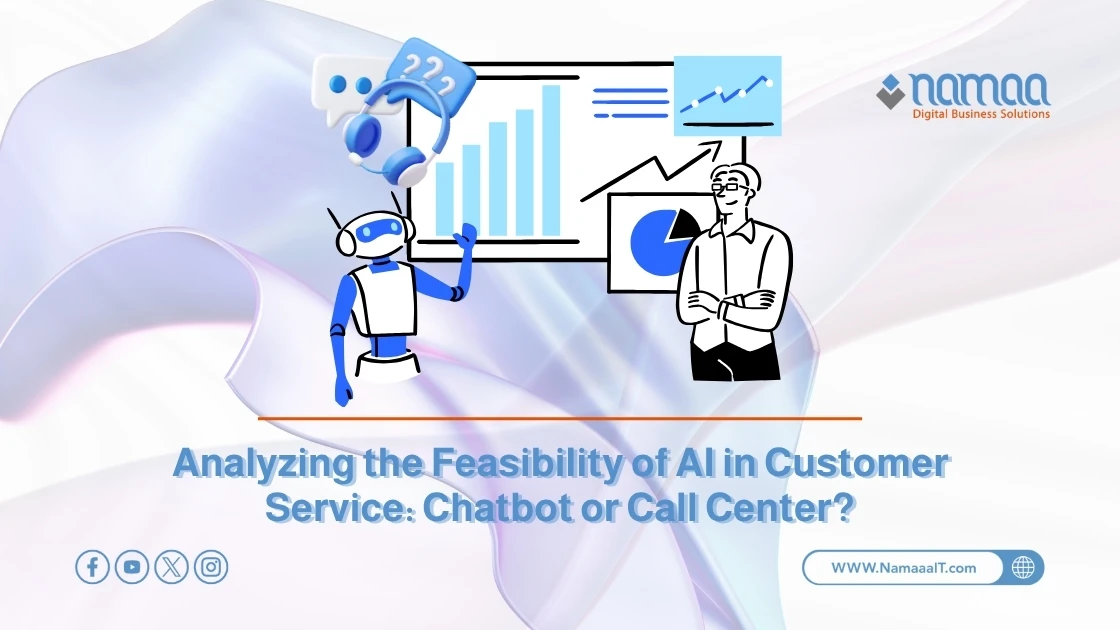


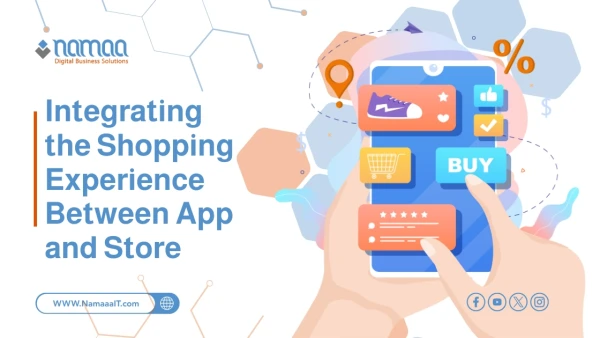
.webp)
